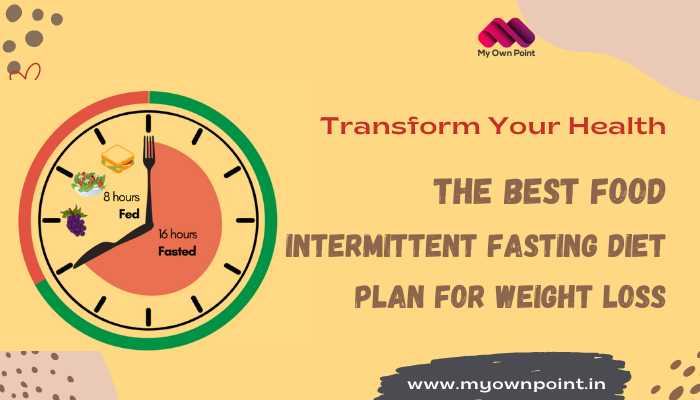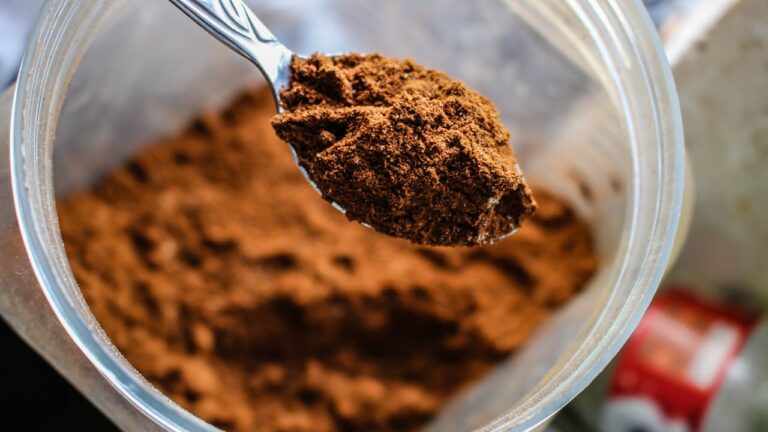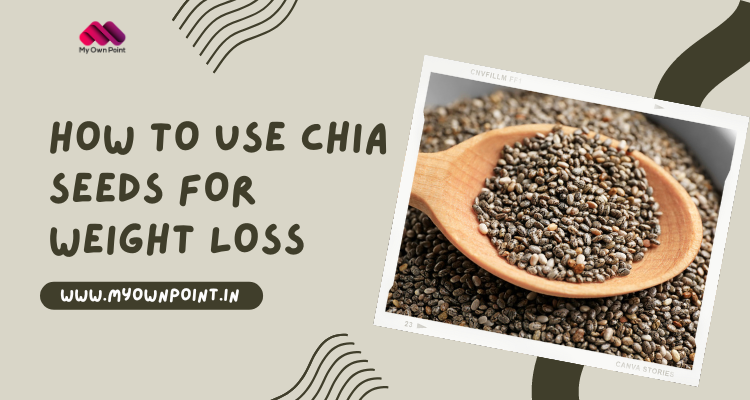What is Intermittent Fasting? How much weight can you lose in a month with intermittent fasting? Is an intermittent fasting diet plan for weight loss worth it? Have many questions and don’t know the answers? Want to know? If you want the answer, then read this article.
Intermittent fasting limits the hours when food can be eaten, with many claiming there are health benefits associated with fasting for a certain number of hours per day or having one meal on a few days of the week. He believes humans have evolved to withstand many hours, even days, without food. Before farming, humans survived through hunting and gathering and could go for extended periods without eating. This was essential because hunting and gathering nuts and berries was an energy-exhaustive activity. Portion sizes per capita were also much lower. More people exercised due to working and playing outdoors, and fewer people were sedentary.
Also Read: Remarkable Weight Loss – Dietary Patterns & Benefits of a Plant Based Diet
What is Intermittent Fasting?
Intermittent fasting diet plan means switching between eating and not eating. Unlike regular diets that focus on food choices, intermittent fasting focuses on the timing of meals. This approach works biologically, strengthens your body, and offers essential health benefits.
How Intermittent Fasting Works?
When you fast, your body undergoes several changes that promote fat loss and improve metabolic health:
- Increased Insulin Sensitivity: Fasting helps you lose weight by eating fewer calories and burning more fat.
- Enhanced Fat Burning: Intermittent fasting helps you lose insulin fat.
- Cellular Repair: Fasting starts autophagy, which helps cells get rid of damaged parts and renew themselves.
Popular Intermittent Fasting Methods
- 16/8 Method: Fast for 16 hours and eat for 8 hours. For example, you can eat from 12 PM to 8 PM and fast from 8 PM to 12 PM the next day.
- 5:2 Method: Eat normally for five days a week. Limit your calories to about 500-600 for two days that are not back-to-back.
- Eat-Stop-Eat: Fast for 24 hours once or twice a week. For example, you can skip dinner one day and eat dinner the next day.
Also Read: High-Fiber Foods For Weight Loss – You Should Eat Regularly
Surprising Benefits of Intermittent Fasting
- Boosts Brain Health: Boosts the production of brain-derived neurotrophic factor (BDNF), improving thinking skills and lowering brain disease risk.
- Promotes Longevity: Reduces aging by lowering oxidative stress and inflammation. It also boosts autophagy, which helps repair and regenerate cells.
- Enhances Metabolic Flexibility: Helps the body switch between burning carbs and fats, which improves weight management and energy levels.
- Supports Heart Health: Lowers blood pressure, reduces cholesterol, and decreases inflammation, which helps heart health.
- Strengthens Immune System: Fasting can boost the immune system by increasing white blood cell production and improving how the immune system works.
Creating Best Intermittent Fasting Diet Plan for Weight Loss
1. Choose Your Fasting Method
Choose a fasting method that fits your lifestyle. The 16:8 method is popular and accessible for many, while the 5:2 method provides more flexibility.
2. Make a Eating Plan
Focus on nutrient-dense foods to make the most of your eating windows. Include:
- Lean Proteins: Chicken, fish, tofu
- Healthy Fats: Avocados, nuts, olive oil
- Whole Grains: Brown rice, quinoa
- Fruits and Vegetables: Leafy greens, berries
Also Read: Lose Weight in 15 Days With Jeera Water
3. Stay Hydrated
Drink plenty of water all day while intermittent fasting. Herbal teas and black coffee are also acceptable during fasting periods.
4. Avoid Overeating
Choose balanced meals and watch your portion sizes. don’t overeat
5. Listen to Your Body
Change your fasting and eating times based on how your body feels. It’s essential to find a routine that suits you.
Intermittent Fasting Diet Chart for Weight Loss
16/8 intermittent fasting 7 day meal plan
8:00 AM – Breakfast (Optional if Fasting until Lunch)
If you prefer a lighter fast, consider skipping breakfast and starting your eating window at lunch.
12:00 PM – Lunch
- Moong Dal Khichdi: A light, protein-packed meal made with moong dal and rice.
- Palak Paneer: Cottage cheese cooked with spinach and spices.
- Raita: Yogurt mixed with cucumber and a pinch of cumin.
Also Read: Vitamin Deficiencies That Cause White Hair
3:00 PM – Snack
- Fruit Bowl: A mix of seasonal fruits like papaya, apple, and pomegranate.
- Handful of Nuts: Almonds, walnuts, or cashews for healthy fats.
7:00 PM – Dinner
- Grilled Chicken or Paneer Tikka: Marinated in spices and yogurt, then grilled.
- Mixed Vegetable Curry: A medley of vegetables cooked in a light tomato gravy.
- Whole Wheat Roti: A flatbread made from whole wheat flour.
8:00 PM – End of Eating Window: During Fasting Period:
- Stay Hydrated: Drink plenty of water, herbal teas, or black coffee.
- Avoid Sugary Drinks: Stick to beverages without added sugar or cream.
Potential Fasting Challenges
- Hunger: Initial hunger is common but often subsides as your body adapts.
- Social Situations: Plan ahead for social events to maintain your fasting routine.
- Energy Levels: Monitor your energy and adjust your meal quality if needed.
Conclusion
You have read the rule for Intermittent fasting diet plan for weight loss in the above article. So, pick a fasting method that fits your lifestyle, plan balanced meals, and drink plenty of water. This way, you can make intermittent fasting a lasting and practical part of your routine.
Also Read: Which oil is best for hair regrowth and thickness?




